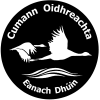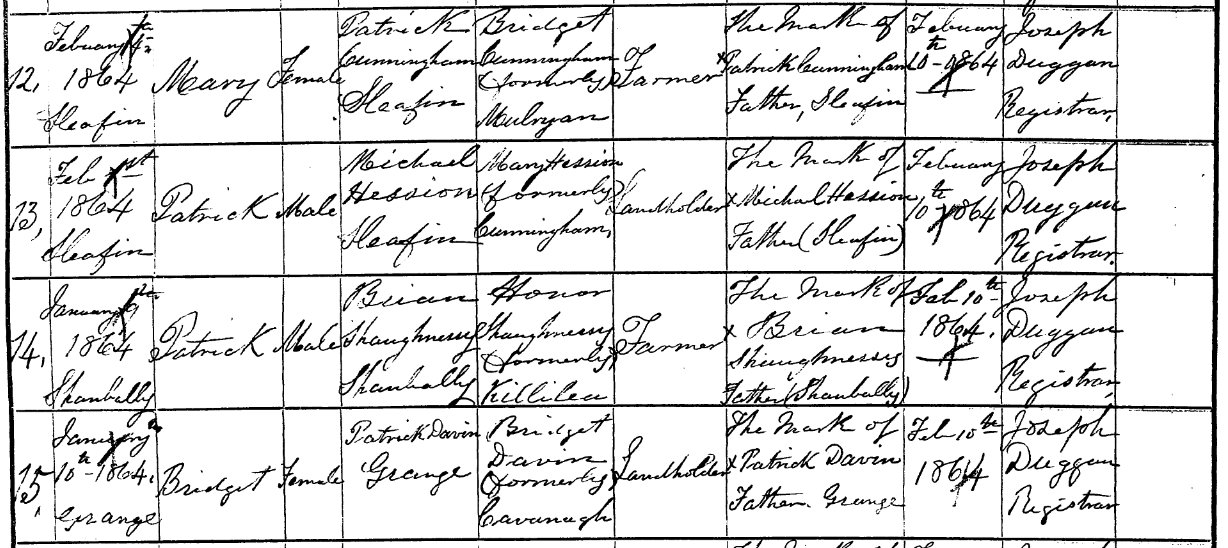By Johnny Burke
In the early 1920s, with the battle for an independent Irish Republic at full pace, when IRA Volunteers were taking the fight to the Black and Tans and Auxiliaries, the land question was still a major issue in County Galway. Despite various Land Acts, particularly 1903 and 1909, in which loans were provided to tenants to purchase land, there were still many families who remained landless. Although the Acts allowed for land purchase, they did not allow for the distribution of land. Poverty-stricken families looked longingly at large ranches in Galway which supported only livestock and dreamed of having their own plot of land.
The “land question” as it had been labelled for many decades, was still not solved for a number of reasons. First and foremost, the poorer families remained unable to purchase, so the situation arose where more prominent individuals bought up land that came on the market. The result of this meant that there were still many disgruntled landless farmers who felt they had no option but to resort to the tried and trusted methods of land agitation to highlight their plight. Additionally, there was now a national rebellion underway, with Irish freedom within touching distance and people dreamt of a bright future in an Ireland free from English tyranny.
The Provisional Government of Sinn Féin however was fearful of a land war, in case such an upheaval would jeopardise the national struggle. This was further supported by their belief that in a future independent Ireland, the large farmers would have to be the backbone of the economy. The War of Independence however, had forced many RIC men to resign or emigrate and the Black and Tans were brought in to support them and lawlessness flourished. The protection afforded to landlords and ranchers was disappearing. A large landholder named Frank Shawe-Taylor, who had previously told locals that they would never see a perch of his land, was murdered at Cashla as he drove from his house at Moorepark to the Galway Fair in March 1920. Bishop O’Dea of Galway, while sympathetic to the necessity of providing land to young farmers, said in his Lenten pastoral it was ‘immoral and unjust to use unjust means in forcing a man to give up his land’. This pronouncement did not prevent the shooting of J.D. Blake in June 1920 on his way to mass in Kilconly. He had recently refused to give up his land to tenants. A month later, a North Galway grazier as well as three herdsmen, who had worked for other graziers were all murdered.
A cattle drive was arguably the most common form of agitation. It involved driving the cattle off the land of a big farmer, or a farmer who had recently bought or rented disputed land in a particular area. These drives were usually undertaken by disgruntled landless farmers who felt that large farms used for grazing should be divided and allocated to themselves and/or their neighbours. In April 1920, the Connacht Tribune reported that ‘extensive cattle drives’ took place in various parts of North Galway, including Dunmore, Creggs and Castleblakeney, where 11,800 men raided all the grass lands. Police were unable to deal with this level of agitation. That same month, cattle were driven from the land of Mrs. Kilgarriff of Tuam and replaced with tenants’ stock and a demand made that she surrender some land. In May, land agitation in Connemara was reported as ‘violent in this district for the past few months’. The Catholic clergy were not immune from agrarian violence. A Franciscan brother from the Agricultural College in Kilkerrin was savagely beaten as he attempted to round up cattle that had been driven off Franciscan land there. In June 1921, at Tuam Quarter Sessions (court) Patrick Conroy of Kilroe, Headford claimed £175 for injury caused to stock driven off his land.
Despite the passing of the Treaty in Dáil Éireann on 7 January 1922, there was still much lawlessness in the absence of police, and agrarian agitation continued. A headline in the Freeman’s Journal of 18 May 1922 reads: ‘Cattle-Drives On a Big Scale; Deeds of Violence’ and includes the following:
Stocks were driven off Mr. F.G. Blake’s land at Annaghdown and other stocks put in. A large force of armed I.R.A. went to the place and made about forty arrests, including several women who were more defiant and aggressive than the men. The prisoners were being taken to Tuam Barracks but they ‘were persuaded’ by the O.C. to take their stock home and have their grievances referred to the courts.
This report suggests that the passion for land showed no sign of subsiding post-Treaty, despite a military proclamation warning that such activity would not be tolerated. It could be argued that the possession of land was not only a means to make a living, but also a sign of upward mobility.
Historian Úna Newell states: ‘Agitation during the Civil War (1922-3) varied from the usual unauthorised knocking down of walls and non-payment of rents, to cattle driving, forcible occupation of land, illegal ploughing, threats of violence and shootings’. With the RIC now disbanded, law and order was at a low point and agrarian violence continued. In January 1923, Walter Joyce, the landlord at Corgary Estate Mountbellew, was murdered on his way to mass. In April, a tenant on the same estate named John Creaven was murdered and six other tenants suffered heavy beatings. A court report from February stated that Thomas Glynn of Cloon, Claregalway ‘suffered shot-gun wounds in the head and neck’ as he left a neighbour’s house. Glynn, who survived the attack, had recently rented 75 acres, which the paper reported was the subject of agitation. The Government responded by setting up columns of the Free State Army to police agrarian activities. However, the Government were fearful that they would be accused of being no better than the British, when some of their activities included supporting evictions. One such eviction took place in Corrandulla on 21 March 1923 under the supervision of the No. 1 Company Special Infantry Corps, stationed at Renmore Barracks. Indeed the auctioning of seized goods after an eviction was similar to the actions of the authorities in the land wars of the late nineteenth century. The Government were making a clear statement that the rights of legitimate landowners would not be infringed, even if it meant the further impoverishment of landless families.
Agitation began to wane with the passing of the Land Act in August 1923. The Government took charge of all land purchase and the Land Commission took over the functions of its predecessor the Land Settlement Commission. The process of land division was slow and in many cases seemed unfair. There were many local disputes about who was more deserving of land and the amount they received. The Minister for Agriculture was Patrick Hogan from Loughrea, whose enemies labelled him “the Minister for Grass” while others claimed he “preferred bullocks to people”. This was because Hogan, despites efforts to be fair to the smallholder, also preferred to keep a number of large ranches in the best farmland in the country to raise large numbers of cattle for the national economy. In the west however, the amount of land required far exceeded the amount available and this led ultimately to small holdings in the Galway remaining small, and in most cases uneconomic.
Sources and further reading:
Úna Newell, The West Must Wait: County Galway and the Irish Free State 1922-32 (Manchester, 2013).
The Connacht Tribune: 10 April 1920, 11 June 1921, 17 February 1923.
The Freeman’s Journal: 18 May 1922.
Note: This article originally appeared in our Summer 2019 Newsletter.



